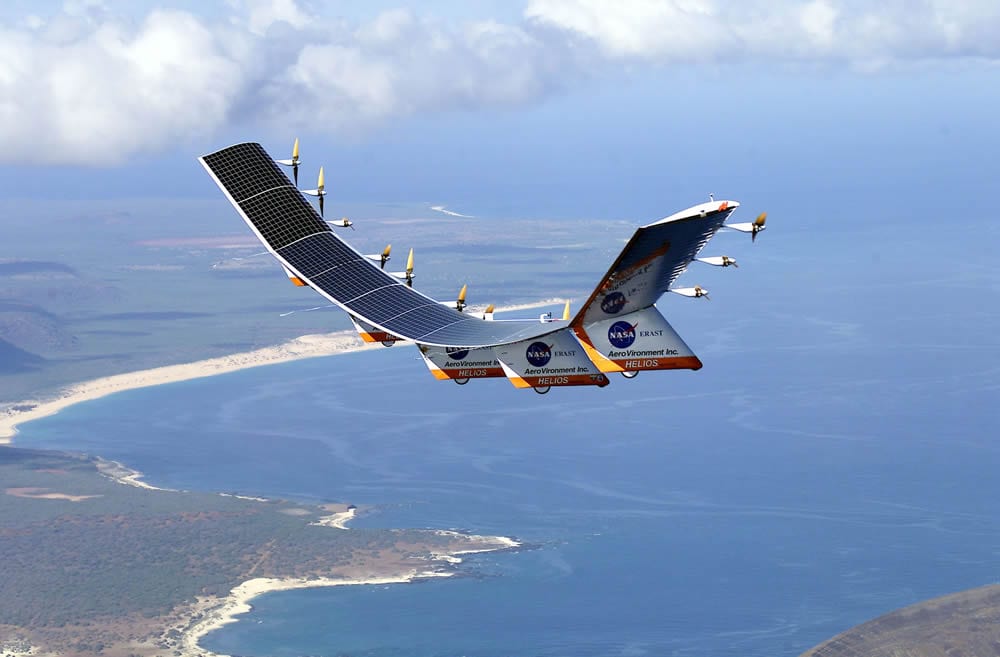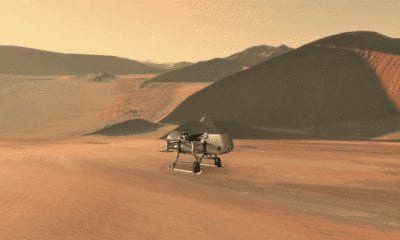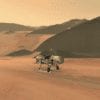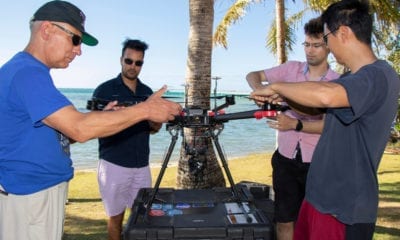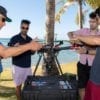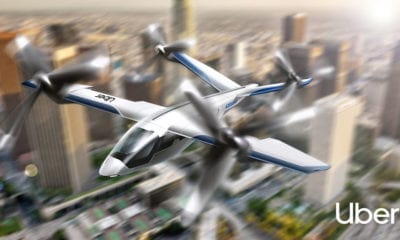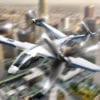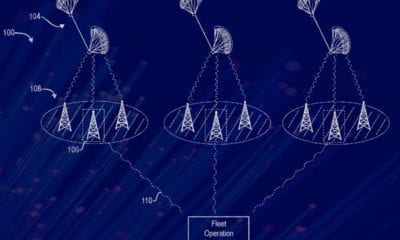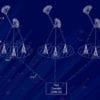Industry
NASA and AeroVironment Take-Two for 5G Internet-Beaming Drones
Several drone tech enterprises have been working on the developing solar powered UAVs that have internet beaming capability. Facebook and Google too attempted but soon abandoned their forays in this sector. According to an IEEE Spectrum report Japanese tech giant SoftBank partnered with NASA and U.S. aerospace company AeroVironment to build a massive solar-powered drone that can beam 5G connectivity down to practically anywhere in the world.
The Hawk 30, a massive 10-engine drone built on lines similar to UAVs made by Airbus and the solar-powered Odysseus plane that can fly for months on end at altitudes of over 65,600 feet (20 km) and could soon embark on test flights, with a launch from NASA’s Armstrong Flight Research Center potentially slated for this month. More test flights will follow within the next three months — an initiative that if successful could bring wireless connectivity to the most remote regions of the globe.
The Hawk isn’t the first in this endeavor. Earlier, Facebook made a splashy entry into the internet-beaming drone race by announcing Aquila, a solar-powered UAV the size of a Boeing 737’s wingspan that used propellers to ply air. The drones were damaged in landings causing the project to be abandoned in 2017. Not one to remain behind, Google too began vetting its sky-born internet capabilities in 2015, but later scrapped drones in favor of Project Loon, which uses high-altitude balloons to beam down internet.
AeroVironment is believed to be paying NASA nearly $800,000 to supervise and provide ground support for the upcoming low altitude tests, which are scheduled to continue until the end of June. If those are successful, the company will go higher in its next round.
The Hawk mirrors it’s not so successful predecessor in both ambition and design- the Helios prototype, which crashed in 2003 during a high-altitude test. In 2001, the Helios reached the highest altitude of any winged horizontal aircraft when it ascended to 93,000 feet. The milestone set a new precedent for high-altitude, solar aircraft. The Helios prototype was hailed as “an elegant flying wing wider than a 747 but weighing less than just one of the jumbo jet’s 18 landing wheels”. Unfortunately it splintered into tiny pieces and fell into the Pacific Ocean just two years later due to turbulence.
With more experience under its belt given AeroEnvironment’s UAV history with NASA the Hawk stands as a part of a new $65 million partnership between the two companies. Undoubtedly, the Hawk will still face competition from the likes of Airbus, but AeroEnvironments connections with NASA might better its prospects. At the moment not much is known about the Hawk’s communications payload capacity. Its creators are focused on make it out of testing unscathed first.

